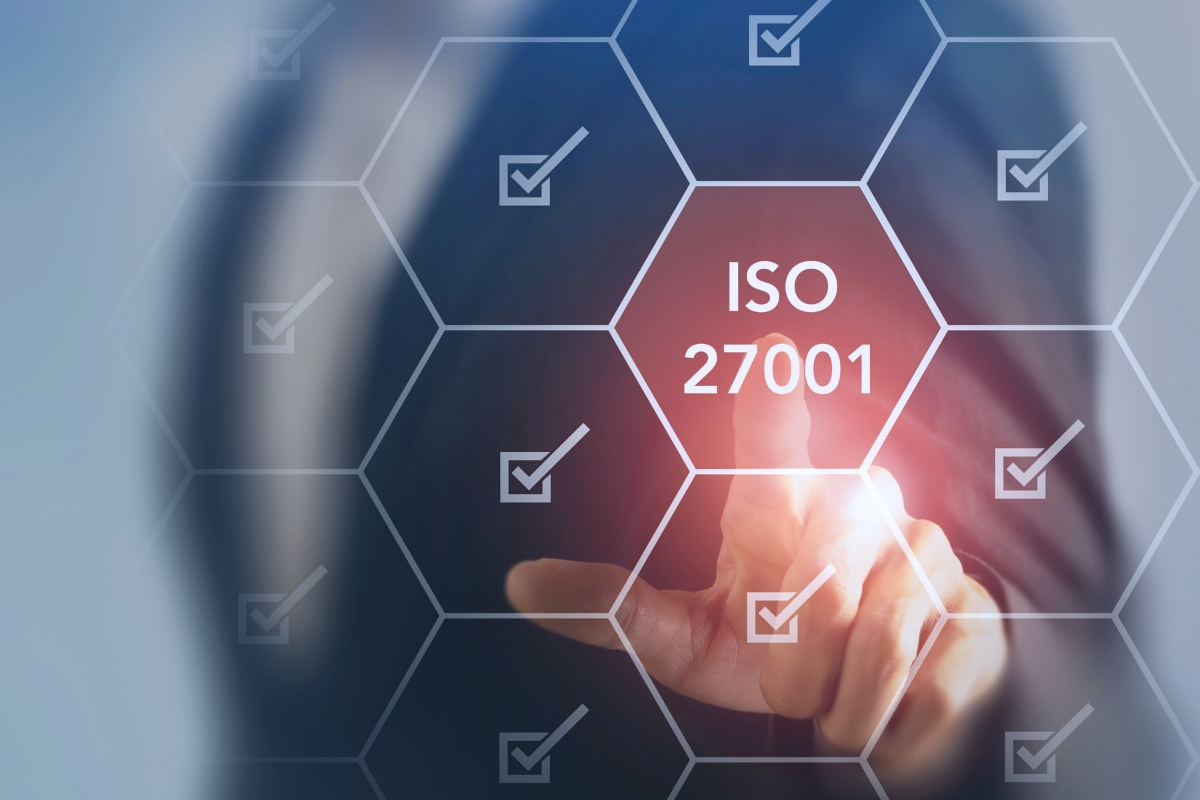When it comes to ISO 27001 implementation, one of the most important things we tell our clients is that it is not a tick box exercise, a one-and-done. Instead, it requires ongoing commitment from your organisation to maintain your controls, policies and processes. Another thing we tell our clients is that achieving ISO 27001 accreditation doesn’t need to be scary. It’s not an insurmountable challenge.
With that in mind, we’ve put together a simple 10 step ISO 27001 implementation guide. Our straightforward checklist will give you an idea of where to start, and what is involved.
The key benefits of ISO 27001 certification
Apart from the main benefit of being better positioned to deal with cyber threats and mitigate risk, ISO 27001 is a clear way to demonstrate to your customers, suppliers, and other stakeholders that you have the right controls in place to protect both your business and their data.
The accreditation builds trust with both your stakeholders and the market, giving you a significant competitive advantage over companies in your sector that don’t have the standard. It also goes a long way towards achieving other legislative or compliance requirements, depending on your type of business, the data you hold and the industries you operate in.


How to implement ISO 27001 – your ISO 27001 toolkit
“We needed to get our ISO 27001 certification implemented and in place within a short lead-time for a product launch, and also to futureproof our compliance for expansion into other global territories. RightCue worked closely with us from the outset, going the extra mile to ensure this critical deadline was met and delivered within budget. They worked closely with us every step of the way and continue to provide invaluable support to optimise our information security strategy.” Tim Long, CEO and Founder, Zylpha



